15 Fantastic Plants & Fungi
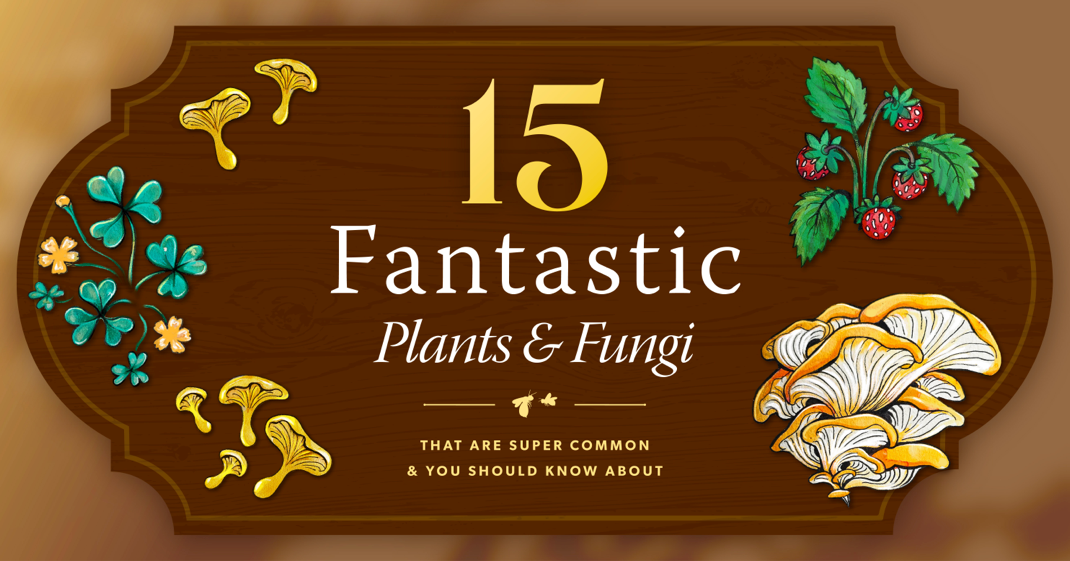
Spring is here! Trees are budding, sprouts are shooting, and flowers are popping—I think it’s the perfect time to introduce some of my favorite wild plants and fungi. If you like food, nutrition, and exploring the wonders of nature, then this is the blog for you.
I’ve always been the outdoorsy type, but just a few years ago my friend took me on an eye-opening trip to the woods, and once I realized what secrets lie in plain sight, my world (and my diet) forever changed. Since then, I’ve been compiling a list of my favorite plants and mushrooms that, to be frank, I am astounded we, as a public, don’t know more about.
Living in a midwestern society, we have a healthy dose of fear when it pertains to eating anything wild. Which is fair! One should never, ever consume a plant or mushroom without first taking the time to fully identify the species. (But honestly, if you can properly identify a lemon from a banana, then I have no worries for you). Just like how we go to the store and use our eyes to spot our favorite brands, once you become familiar with a few species, you will start to spot them everywhere.
In fact, the beauty of these wild foods has been a great influence in my work as a designer; having a trained eye for detail has been a great boon for identifying species, even from a distance. This is a skill we all share as we navigate the brand landscape—we learn to identify the brands we love from the ones we don’t.
Now, learning all the thousands of species of edible plants and mushrooms is a bit overwhelming, so I’d like to start by listing just 15 of the most common, easily identifiable, and delicious species that are also my personal favorites.
But first, some ground rules.
- Never consume anything unless you’re 100% confident in your identification. Do your research thoroughly, cross–referencing potential look-alikes, and seeking at least 3 different sources. Local experts will be your greatest resource. Even when you have properly identified a new species, it’s best to try a little bit at a time since everyone reacts differently to new food.
- Avoid pesticide/herbicide contamination and polluted areas. Stay clear of train tracks and the sides of busy roads.
- Only gather where it’s allowed. Always seek permission before gathering if you’re on someone else’s property.
- Be a good steward of the land. Don’t overharvest, avoid trampling, and allow plants to go to seed. (Exception for invasive species such as garlic mustard and kudzu).
- Gear up and protect yourself. Tick/insect repellent is a must. Long, thick pants will help against bramble thorns and long-sleeved shirts will help protect against poison ivy.
Now we can get to the fun stuff.
1. Wild Strawberries: It wasn’t until last summer I encountered my first real wild strawberry. And boy howdy, the flavor packed into just one of these small, red berries is enough to put any grocery variety to shame. Wild strawberries are a culturally significant fruit to Native America, with folk legend proclaiming it to be a gift from the Gods (and it’s easy to see why). A wild strawberry tastes like the entirety of summer in one bite. Now, many of us might have been fooled by its common look-a-like, the mock strawberry, into thinking that wild strawberries are bland, watery things. But don’t be fooled, true wild strawberries are a gift to be savored. (I personally like them on chocolate ice-cream).
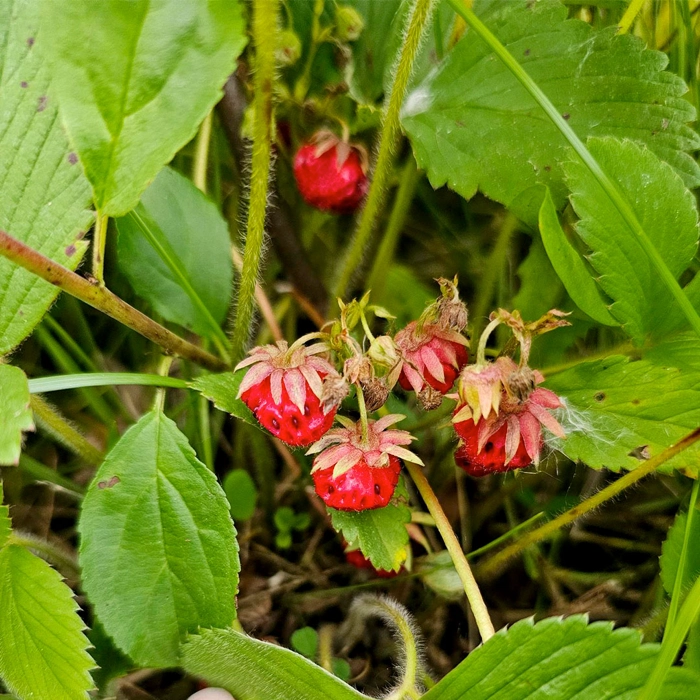
2. Wild Grapes: Look closely next time you walk by a tangle of vines crawling across a fence or perhaps dangling from low hanging branches. You might start to notice deeply lobed leaves, twining tendrils, and clusters of dangling bushels of small, purple berries. You might say, “Hey, those look kind of like tiny grapes.” Well, they likely are! And once you correctly identify them, you’ll start to see them EVERYWHERE. I was blown away when I realized how prevalent wild grapes are, thinking that grapes only existed in picturesque vineyards in expensive places far away from where I lived. These grapes are nowhere near as plump as the store-bought variety, but their flavor is punchy and tart and make for a refreshing trail snack that you can gather by the bushel. They do have little seeds you’ll need to spit out (and thus, make more wild grapes).
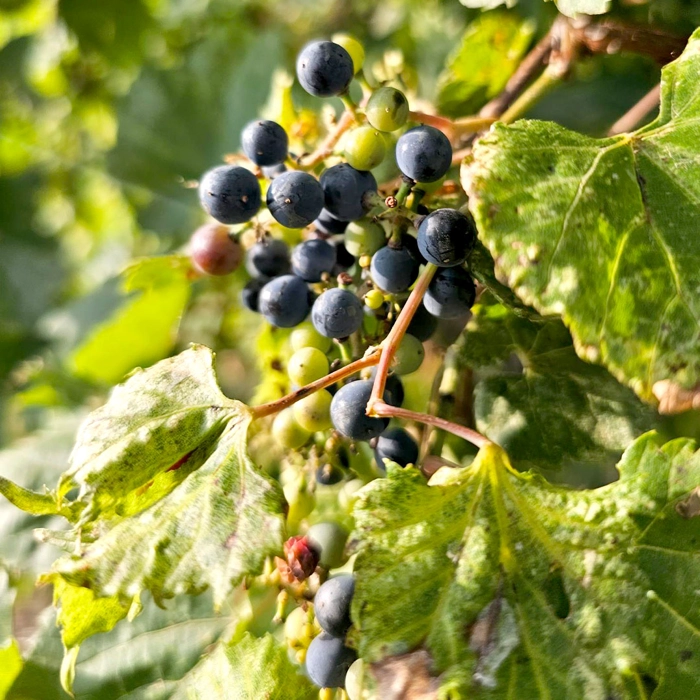
3. Pheasant Back: In the spring, around the same time that morel hunters are gearing up to hunt the elusive morel mushrooms (probably the most widely sought after wild species of mushrooms in the states), these lesser-known fungi are often disregarded. Sometimes referred to as the “participation trophies”, pheasant backs are quite prolific, perhaps one of the most common edible mushrooms you will find all season long. Despite smelling somewhat like a watermelon rind, they add a welcome wild flavor to your dish. They can get quite tough as they age, so you’ll want to go for the younger ones, and trim along the edges.
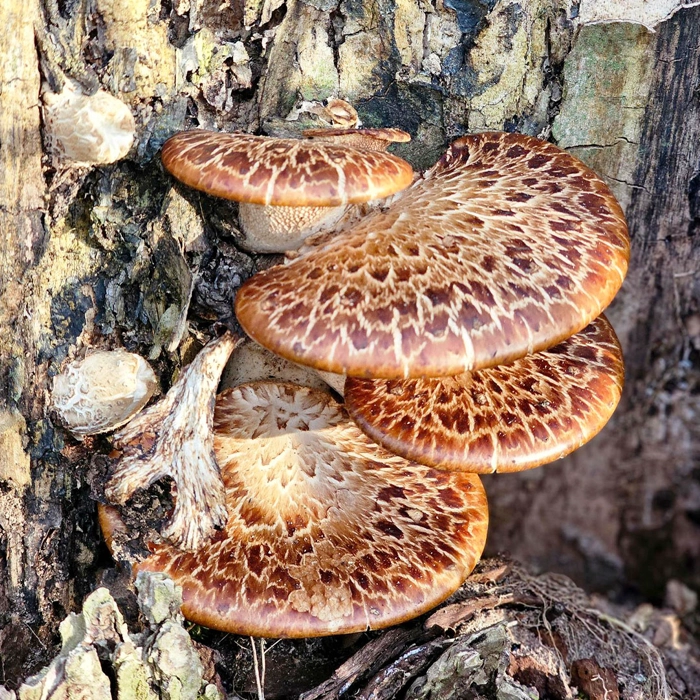
4. Wood Sorrel: Sometimes called the skittles of the plant world, wood sorrel has a sour-sweet crispness that makes it a yummy nibble and a delicious garnish. This is one of my favorite wild plants due to its abundance, ease of identification, and pleasant flavor all season long (unlike other plants that grow bitter later in the season). Although it bears a superficial resemblance to clovers, this plant can be identified by its 3 heart shaped leaves. I still feel quite lucky to have such a delicious, native wild plant that grows in abundance.
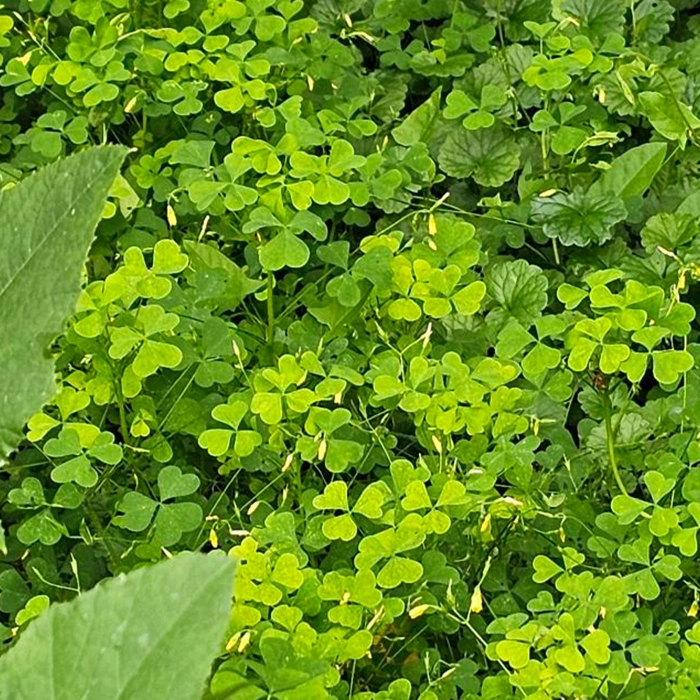
5. Golden Oyster Mushrooms: Speaking of luck, next time you’re out hiking in the woods, keep an eye out for this pot of gold. Golden oyster mushrooms, that is! This striking fungus has captured my heart and appetite due to its savory umami flavor and its tendency to flush in abundance. Once you find yourself a productive log you can visit year after year. Throw them on the skillet with some butter and fry till crisp, and you’ll turn the most hard-core mushroom hater into a mushroom believer. Oyster mushrooms come in other variations as well, such as pearl, blue, and pink.
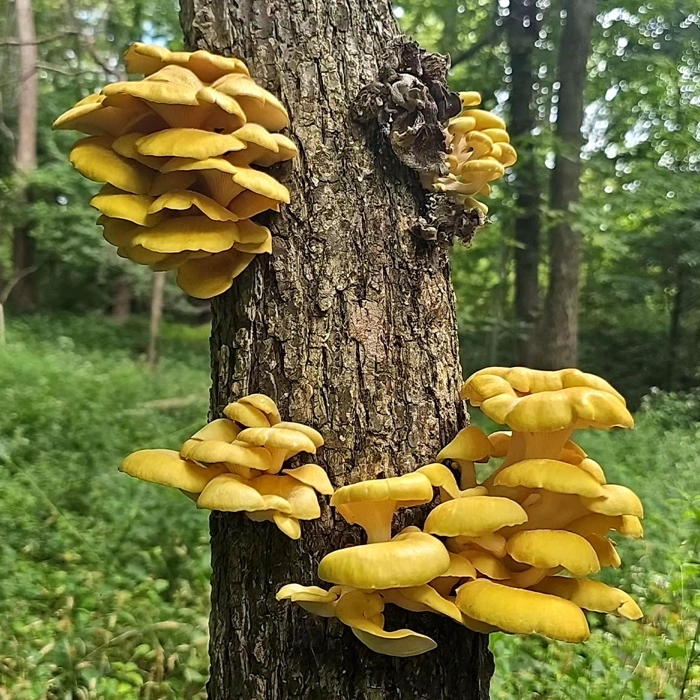
6. Chanterelles: Another equally charming, golden hued mushroom is the lovely chanterelle. Unlike the saprotrophic oyster mushrooms (meaning they eat and digest wood) chanterelles are mycorrhizal, meaning they grow in association with the trees around them (like the beloved morel). Popping out of the ground, one at a time, you’ll quickly note that once you see one, there will be more, it’s just matter of following the “yellow brick road.” They also lack true gills, which is their main feature for identification. These mushrooms are unique in their smell and apricot-like flavor. Still, savory enough to turn any home cooked meal into a 5-star culinary delight. I personally love cooking them with wild pears, recipe here
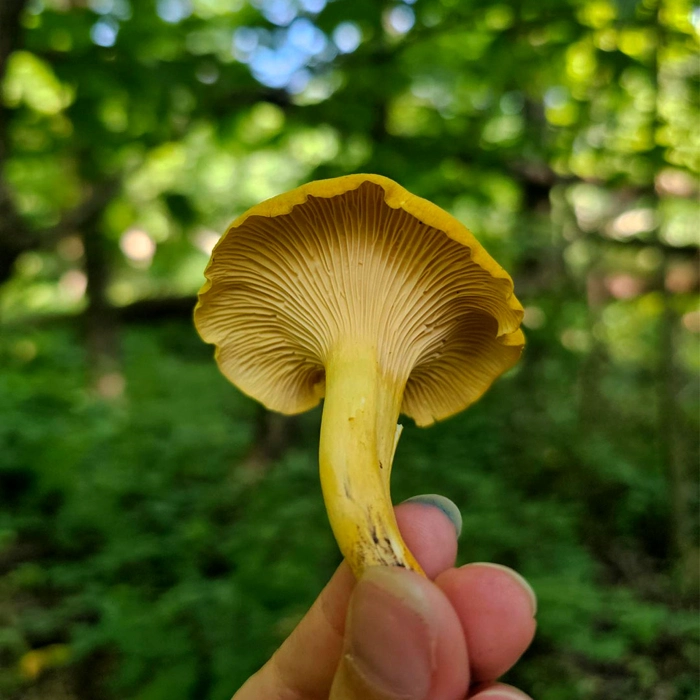
7. Milkweed: Monarchs aren’t the only guys who love these delightful plants. Milkweed is a versatile vegetable, offering its young shoots, unopened flowers, blooming flowers, and young pods. The leaves aren’t on our plates, leaving them to be enjoyed by the young monarch caterpillars. I personally love mixing the flowers with sugar, letting the mixture sit for a day, then boiling with water to create a Milkweed cocktail syrup. The young pods are also a tasty vegetable perfect for frying.
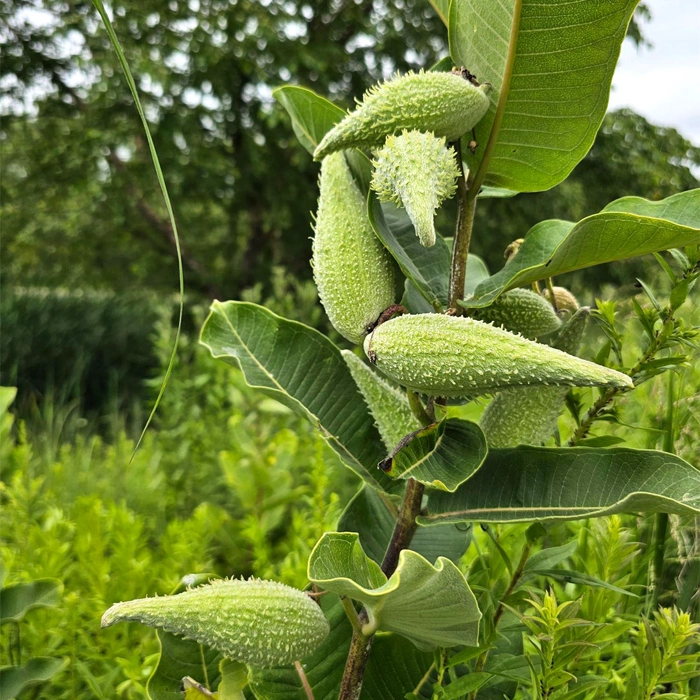
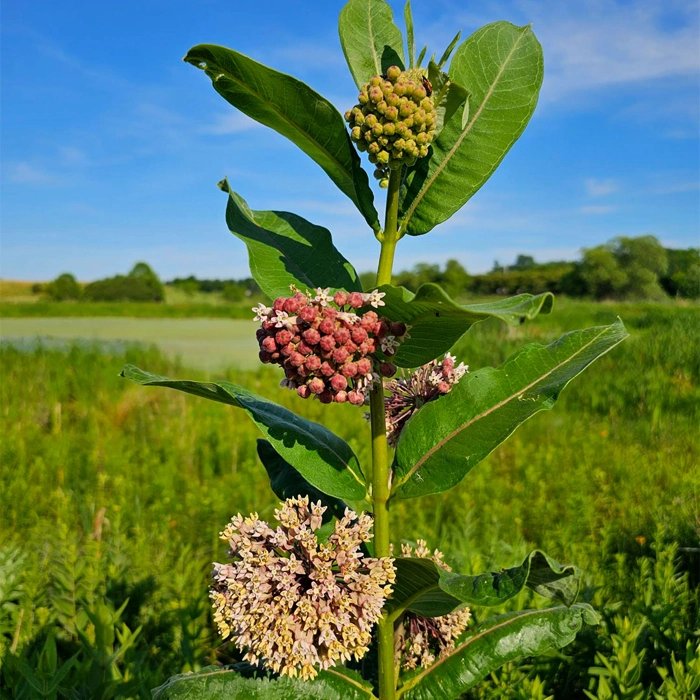
8. Chicken of the Woods: Young Chicken of the Woods (sometimes called COW) is my favorite mushroom due not only to its striking colors, but for tasting like chicken! (Hence the name). Sometimes, dare I say, it tastes even better than chicken. This protein-packed mushroom is a fantastic addition to vodka pasta, and in large quantities makes for a delicious Chicken of the Woods pot pie.
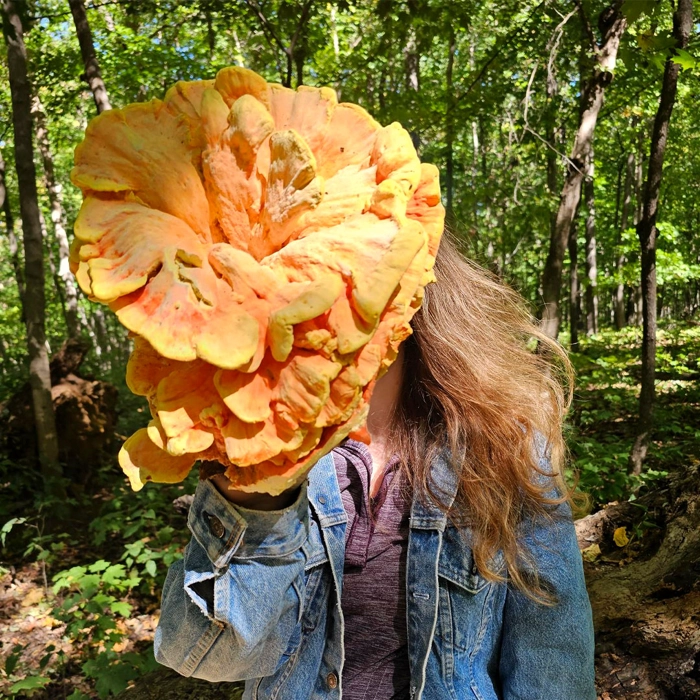
9. Hen of the Woods: Confusingly named Hen of the Woods, this autumn mushroom is named not for its flavor but for its feathery appearance that loosely resembles a ruffled hen. These large but innocuous fungi sprout on the base of old oaks and maple trees in the fall, often mistaken for clumps of leaves. They can grow quite large and numerous (one time I found 10 growing around 1 tree!) and can easily stock your freezer for the winter. They’re also known as Maitake, Japanese for “Dancing Mushroom”, due to finders dancing with joy when coming across this delicious and nutritous mushroom.
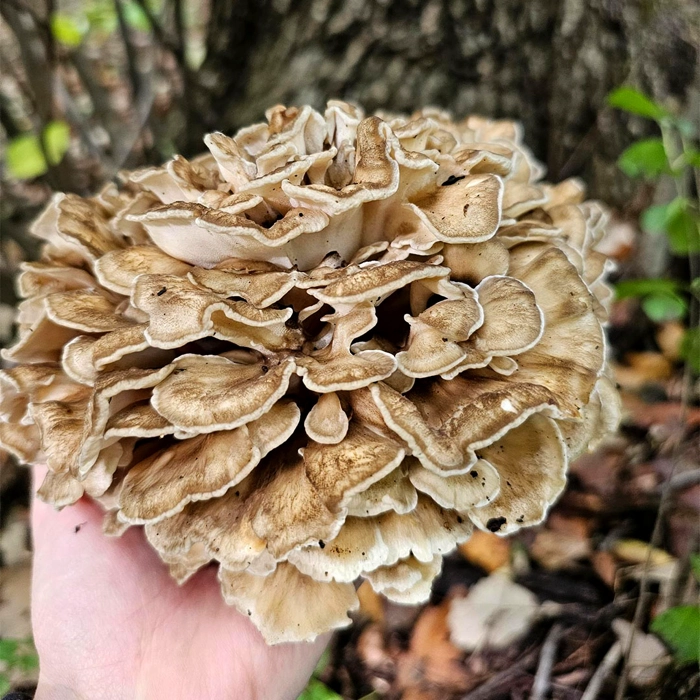
10. Service Berry: This common ornamental tree is one to keep an eye out for while walking around urban areas. With reddish purple berries ripening in June, they dangle by the bushel and have a flavor reminiscent to cherries and marzipan. Easy to gather by the handful, these delightful fruits are perfect for pies, jam, or on top of oatmeal and cereal.
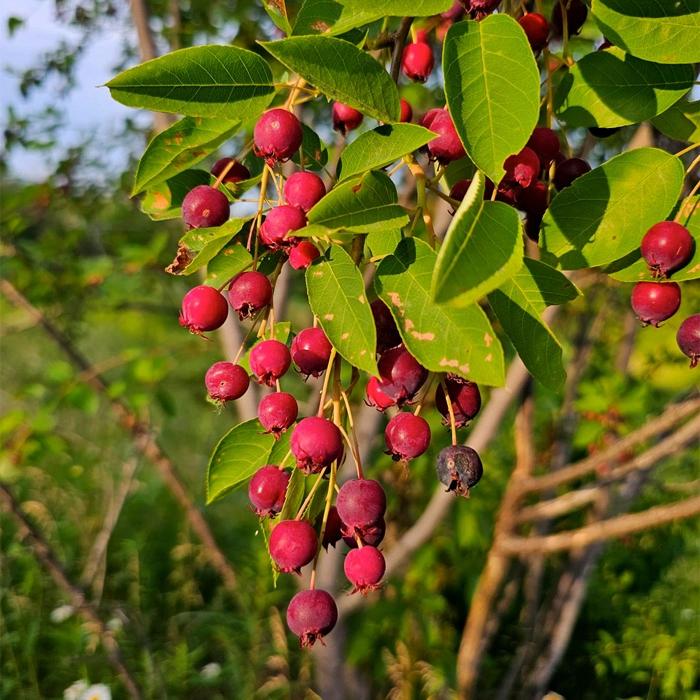
11. Puffballs: I’d be doing Illinois a disservice if I didn’t mention our very own state mushroom, the Giant Puffball! This charismatic mushroom grows in patches that resemble a field of stray soccer balls. These white giants are best gathered when solid and pure white on the inside. If they have any yellow discoloration, discard for they are past their prime. When you find one, you’ll likely find more, and often you’ll have way too much puffball than you can cook! Peel off their outer rind to find a soft, mozzarella like interior texture, they are the perfect candidate for dairy-free fried cheese sticks. Their smaller relative, the pear-shaped puff ball, is a bit more common and easier to handle. (I also think their flavor is a bit better than their larger cousins, but don’t tell them I said that). You might recognize them past their prime, as both species will turn crinkled and brown and with the slightest touch “puff” their spores into the wind. It’s hard to resist giving one a good kick.
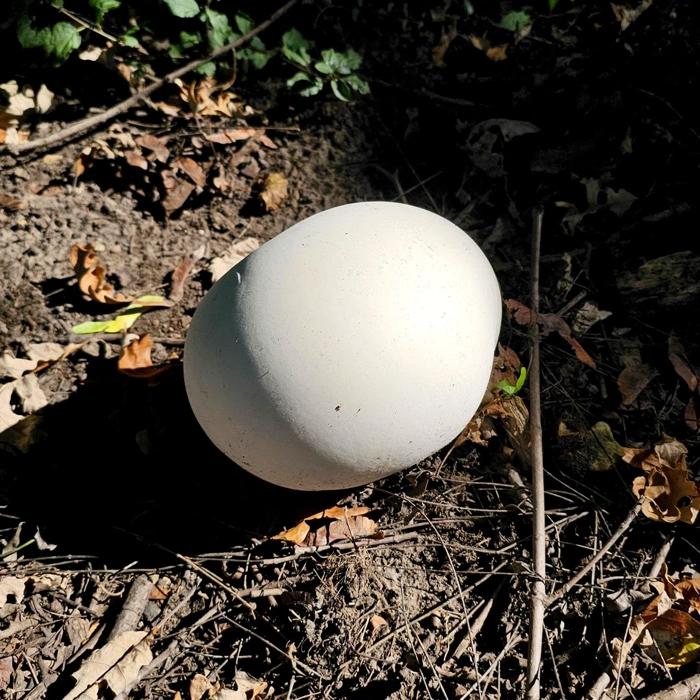
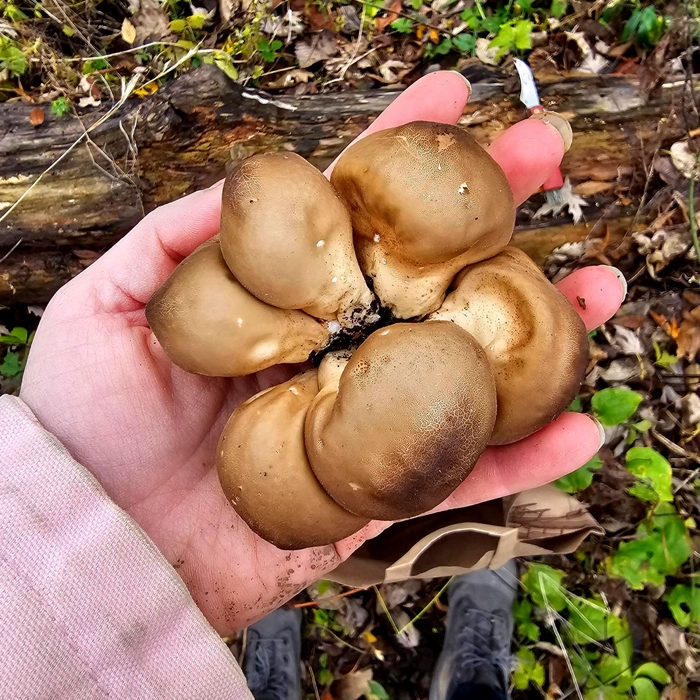
12. Blackberry: There’s a saying, you don’t find wild blackberries, wild black berries find you. These well-known snaggle bushes form arching branches across woodland floors and are quick to snag your pant leg. Follow the thorns and you’ll find a tasty woodland treat that makes for excellent pies, jams, and smoothies.
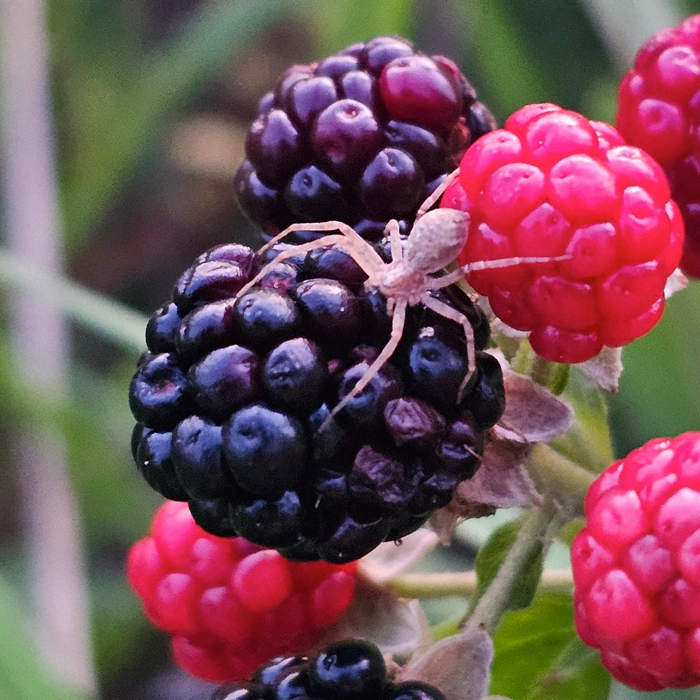
13. Elm Oysters: This autumn, keep an eye up and you might find these plucky mushrooms sprouting high up from Elm trees. Despite not being related to real oyster mushrooms, they share a similar umami taste. Among the last mushrooms found in the season, they most certainly are not the least. They can be quite dense and prove to be a real bounty (after some work knocking them out of the tree with a long stick).
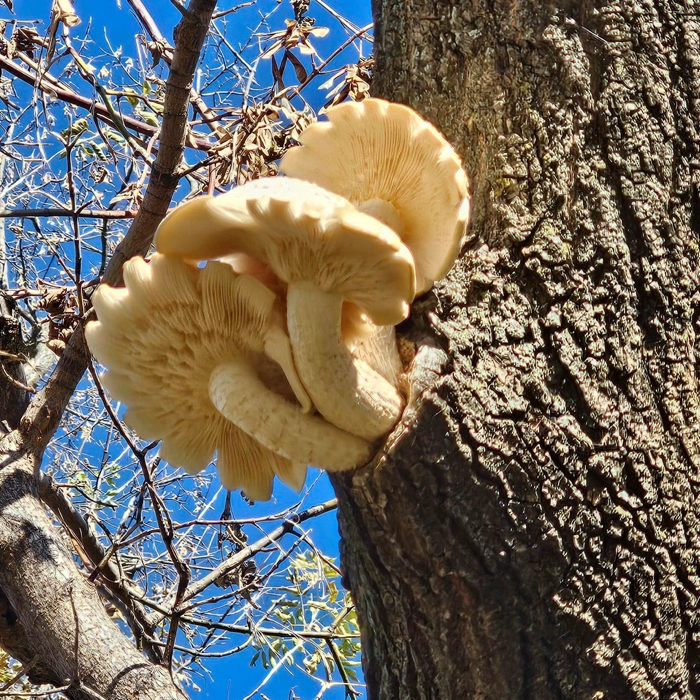
14. Sumac: Growing up my cousin and I played among stands of sumac trees. We suspected there was something special about the pointed red drupes. Now I know they are in fact amazing for creating lemon-free pink lemonade! You will want to taste around, taking pinches from a few drupes until you find one dripping with lemon-y flavor. Collect a few, soak them in cold water, strain, and you’ll have yourself a refreshing, pink sumac-ade!
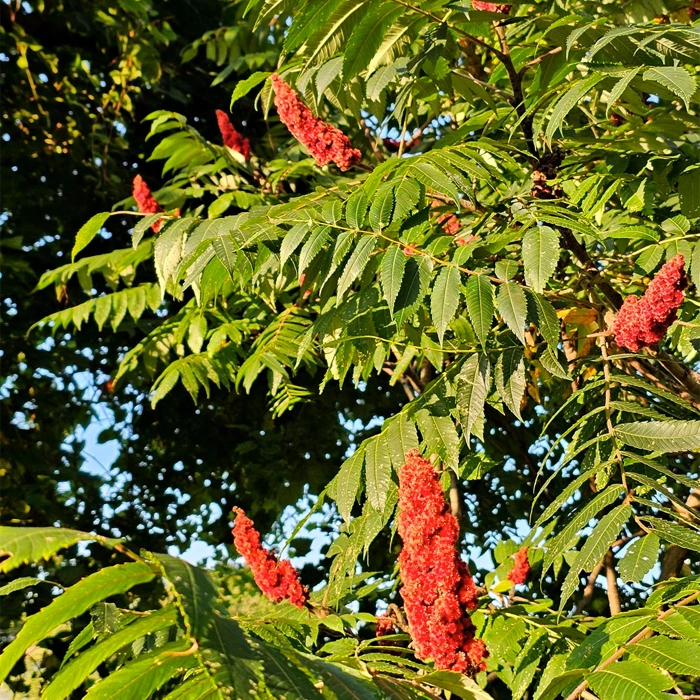
15. Ramps: Illinois is lush with wild onions and garlic. In fact, Chicago derives its name from the native word “chicagoua,” used to describe Allium tricoccum, otherwise known as ramps! Sprouting 2 to 3 broad leaves, they grow in patches, especially in old growth forests. They are our best tasting wild garlic, which has led to their rising popularity in the high-end culinary scene. Be mindful of over-harvesting, ramps are slow to regrow and with recent popularity they can be easily over-harvested in areas.
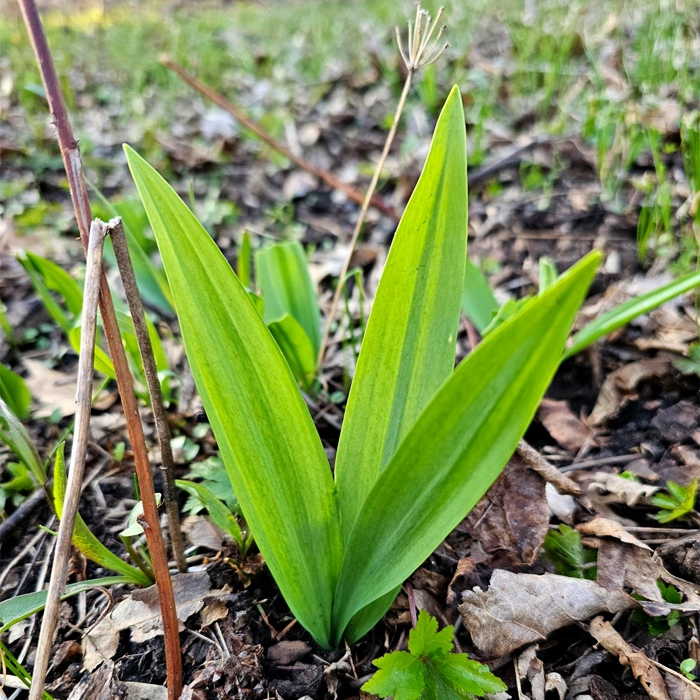
This list is only a fraction of what’s out there. I encourage everyone to stay curious and exercise their mind by doing research. Even if you don’t find what you’re looking for, a walk in nature is always a lovely way to spend the day. Need help identifying what your brand needs to stand apart from the crowd? Feel free to drop us a line and our experts can help equip your brand for success.
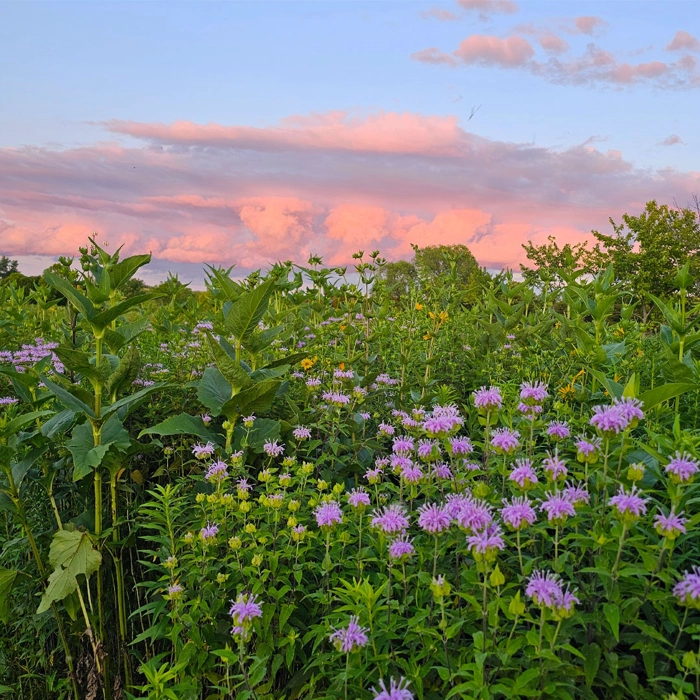
Three stories to get you in the mood. For the holidays. (Why…what did you think I meant?)
Saul Bass and Why Man Creates: A Must Watch for Creatives
Timeless Logos: If it Aint Broke... Don't Fix It








